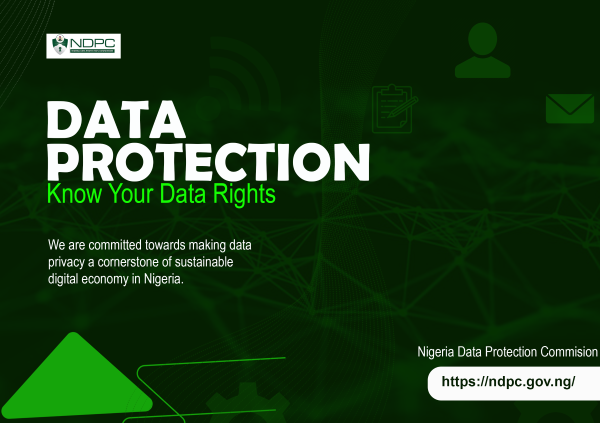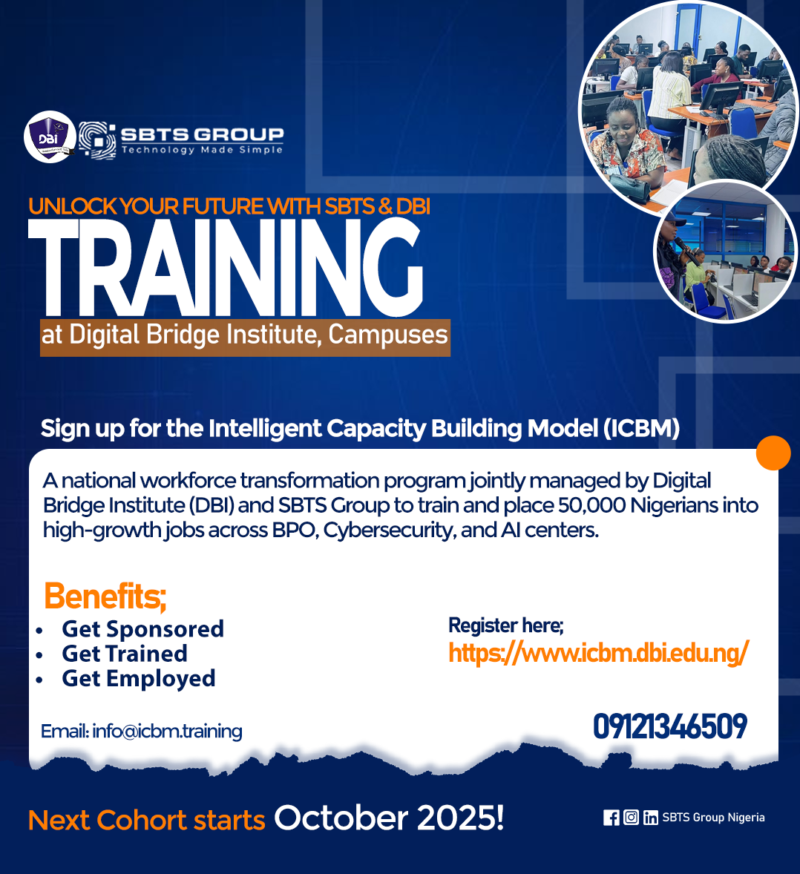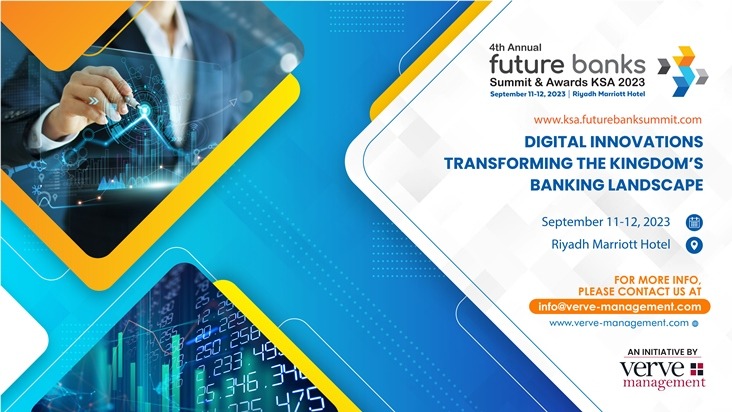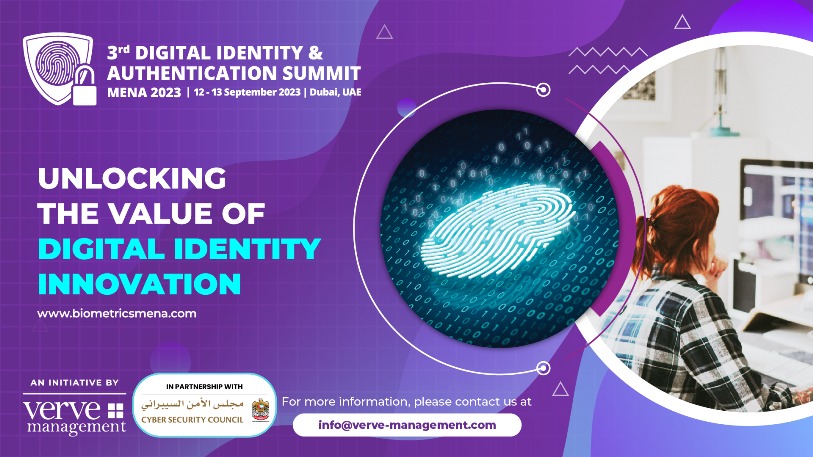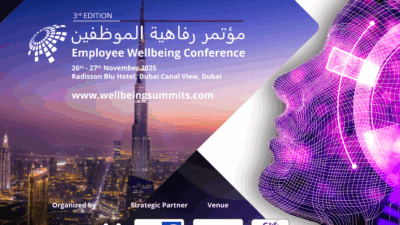As investor expectations grow, South African businesses must substantiate their sustainability claims with credible, auditable systems or risk legal and reputational consequences.
South Africa’s ESG investing market is expected to grow at a compound annual growth rate of 10.7% between 2025 and 2030, according to Grand View Research. As ESG (Environmental, Social, and Governance) factors become key drivers of investment and stakeholder trust globally, South African companies face increasing pressure to demonstrate that their sustainability credentials are genuine and credible.
RELATED: Elevating IT Asset Disposition to drive ESG and environmental leadership
Yet a growing body of research suggests many companies are falling short. A 2024 PwC UK study reveals that 62% of global investors now require third-party assurance of ESG data, and 57% have walked away from deals due to concerns about ESG transparency or credibility. In South Africa, concerns over so-called “greenwashing”, the practice of overstating or misrepresenting ESG performance, are rapidly increasing.
“Many companies genuinely want to improve their ESG performance, but lack the systems and frameworks to produce consistent, verifiable data,” says Herman Stoop, Governance, Risk and Compliance Specialist at WWISE, a South African-based consultancy specialising in the implementation of ISO standards.
“Without strong internal structures, even the best intentions can result in shallow reporting or misleading claims.”
Greenwashing: From Buzzword to Legal Risk
Greenwashing is no longer just a PR issue; it is increasingly becoming a legal and financial liability. The UN Global Compact reported that more than 40% of ESG-related lawsuits filed in South Africa in 2023 were linked to environmental non-compliance or poor stakeholder engagement.
In one high-profile case, a South African energy firm was found to have misrepresented its environmental impact, resulting in legal consequences and a loss of investor confidence. The case is widely regarded as a turning point, as regulators and courts are beginning to take a firmer stance on ESG integrity.
“South Africa is at an inflexion point,” Stoop says. “Regulators are preparing for mandatory disclosure frameworks, and companies that fail to prepare could face serious consequences.”
Common Pitfalls Undermining ESG Reporting
Drawing from WWISE’s work with over 750 organisations in 16 countries, Stoop identifies five recurring challenges that weaken ESG reporting across the board:
- Inconsistent data collection – ESG metrics are often tracked manually or across siloed systems, lacking alignment with global frameworks such as GRI, SASB, or IFRS S1/S2.
- Limited skills and capacity – Many companies lack ESG-literate personnel to design, integrate and manage reporting processes.
- Regulatory uncertainty – With frameworks like the JSE’s Sustainability Disclosure Guidance still voluntary, businesses remain unsure how quickly to invest in ESG readiness.
- Superficial integration – ESG is sometimes isolated from broader strategy, reducing its impact on governance, operations, and risk management.
- Lack of independent assurance – Many companies have yet to prepare for third-party validation, leaving reports vulnerable to doubt.
“These challenges aren’t unique to South Africa,” Stoop notes. “But the risks of inaction are growing. What’s needed now is a shift from ad-hoc ESG efforts to structured, strategic implementation.”
ISO Standards: The Foundation for Credibility
For businesses seeking to integrate ESG into their core operations and demonstrate tangible progress, international ISO standards provide a clear path forward. Frameworks like ISO 14001 (Environmental Management), ISO 45001 (Occupational Health and Safety), and ISO 50001 (Energy Management) are globally recognised and designed to support auditable, continuous improvement.
“These standards don’t just help organisations comply, they help them perform,” says Stoop. “They establish internal systems for data accuracy, align with other global frameworks, and support third-party assurance. In short, they’re the infrastructure of trustworthy ESG reporting.”
Why Transparency Matters
Transparency in ESG reporting goes far beyond regulatory compliance. It builds long-term investor confidence, enhances stakeholder trust, and positions companies for future growth. According to the EY 2024 ESG Barometer:
- 74% of institutional investors have divested from companies over ESG-related concerns
- 87% now assess ESG disclosures alongside financial results
- Companies with high ESG transparency typically enjoy more substantial long-term returns, stakeholder loyalty, and innovation in sustainable practices.
“Transparent ESG reporting signals responsible leadership,” Stoop explains. “It shows that a company is planning for resilience, not just profitability.”
What Good ESG Reporting Looks Like
Credible ESG reports share several standard features that distinguish them from compliance checklists or corporate storytelling. These include:
- Alignment with recognised frameworks: The report clearly states which standards are used (e.g., GRI, IFRS S1/S2, TCFD) and how they apply.
- Quantitative and qualitative data: Reports include measurable KPIs (e.g., carbon emissions, water use, employee turnover) alongside explanatory context.
- Third-party assurance: ESG performance is independently verified, with transparency around methodology and scope.
- Consistency over time: Year-on-year data is presented to show trends, progress, and areas of regression or improvement.
- Materiality assessments: The report reflects the issues most relevant to the business and its stakeholders.
- Governance and Accountability: This section details ESG oversight structures, including board-level responsibilities.
- Stakeholder engagement: The report addresses how stakeholder concerns are identified and addressed.
- Transparency and honesty: Setbacks, challenges, and areas for growth are disclosed alongside achievements.
“These components are increasingly expected, not optional,” Stoop adds. “And the companies that get it right are seeing real returns on that investment.”
From Risk to Advantage
As South Africa moves toward a more formalised ESG regulatory environment, forward-thinking businesses have a clear opportunity: prepare now. They must build internal resilience, and signal to the market that their sustainability journey is more than marketing, it’s measurable.
“Greenwashing is usually a symptom of weak systems, not bad intent,” Stoop concludes.
“But it’s a risk no business can afford. With the right structures in place, companies can turn ESG from a challenge into a powerful competitive advantage.”



